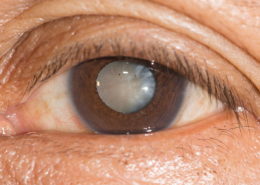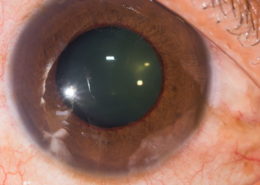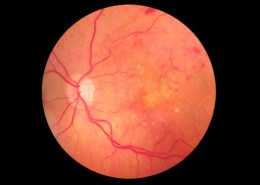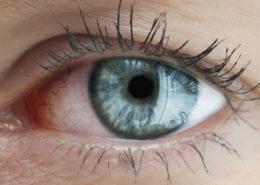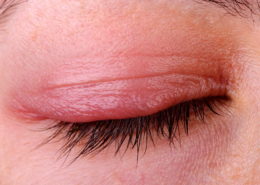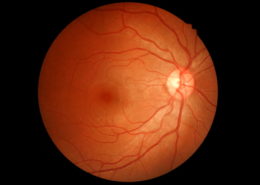Floaters and flashes
What are floaters?
They are vitreous body parts, which appear as dots, lines or cobwebs in the field of vision. Vitreous bodies are small groups of gelatinous substances or cells within the vitreous that fills the eye. What you see is the shadows of these agglomerates in the retina. Usually, you notice them when you look at something as clear as a white wall or a blue sky. With age, our vitreous skin begins to thicken or contract. If the vitreous is detached from the back of the eye, it is called vitreous posterior detachment. Moving bodies usually occur with a posterior detachment of the vitreous. They are not serious and tend to diminish or disappear over time.
Severe moving bodies can be removed with surgery but it is rarely needed. You are more likely to have moving bodies if you are myopic.
What are flashes?
They may look like flash or light strips in the visual field. Some people compare them to see the stars after being hit in the head. You can see these flashes go and come for weeks or months. Lightning occurs when the vitreous rubs or pulls the retina. With age it is common to have lightning occasionally.
Migraine and flashes
Sometimes people see light flashes that look like jagged lines or heat waves. This can happen in one or both eyes and can last up to 20 minutes. This type of lightning may be caused by migraine. A migraine is a spasm of blood vessels in the brain. When you have a headache after the flashes it is referred to as “migraine”. But sometimes you only see light flashes without headaches. This is called “ophthalmic migraine” or “headache without migraine”.
When are floaters and flashes serious?
Many floaters and flashes are not a problem. However, there are times when they may be signs of a serious condition.
When it is necessary to be examined by the ophthalmologist again:
• Many new moving bodies are noticed
• There are many flashes
• A shadow appears in peripheral vision
• A “gray blanket” covers part of the vision
These floaters and flashes may be the symptom of a retinal tear or a retinal detachment.
Discover the other pathologies
This post is also available in: Italian



